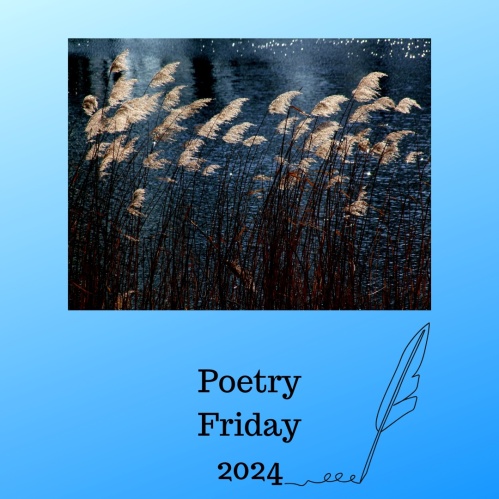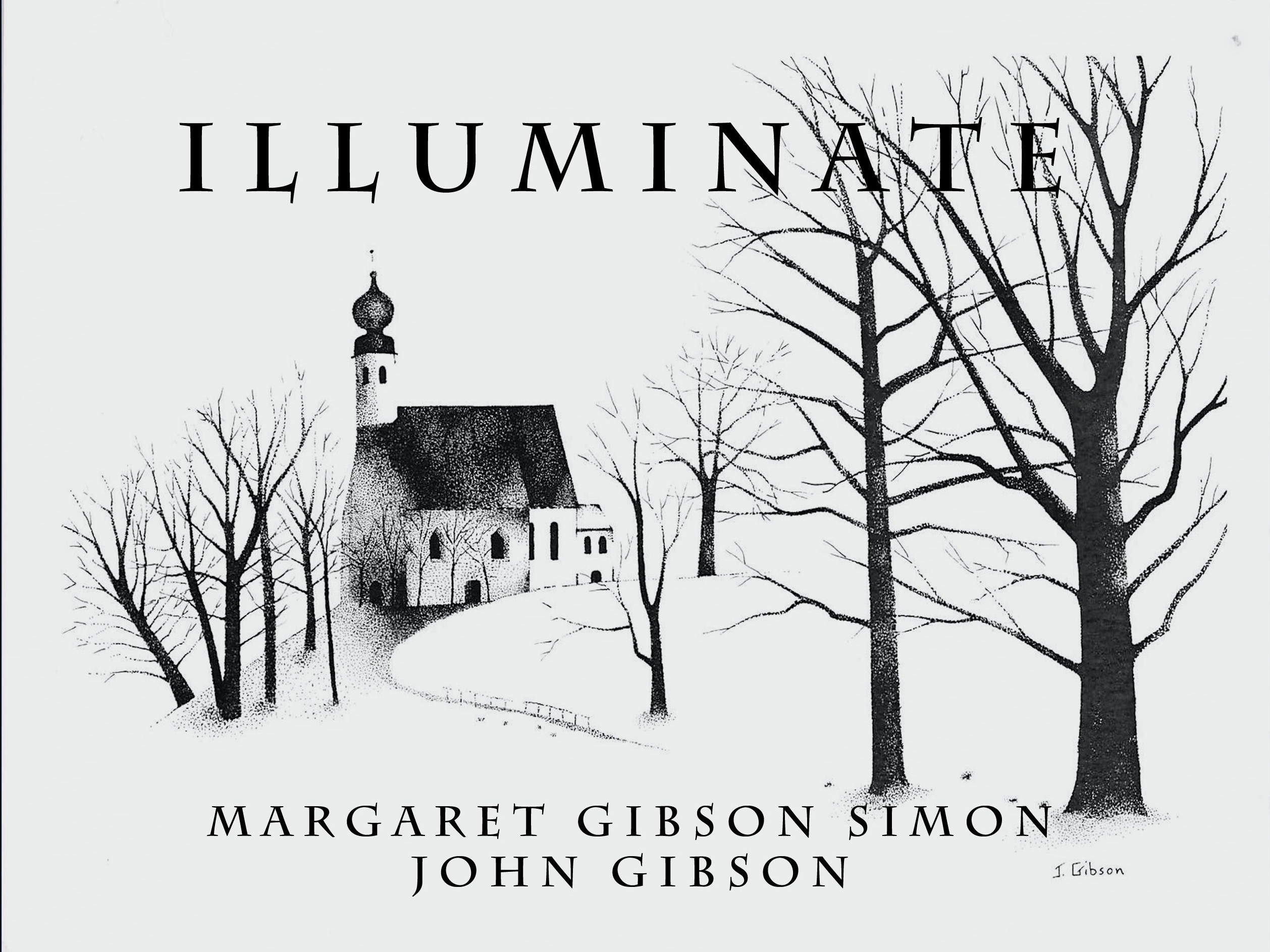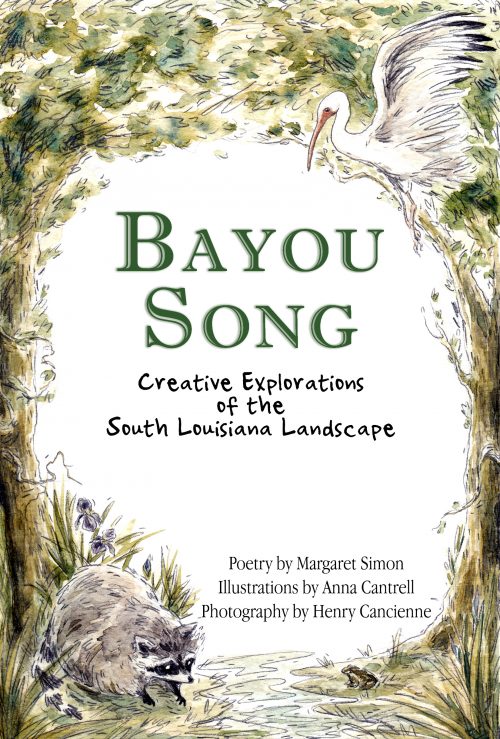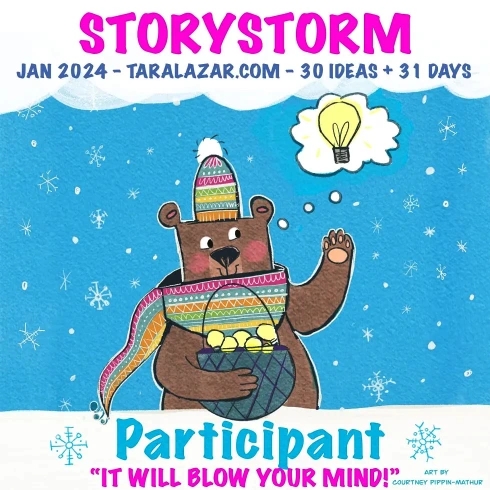 See more posts at Two Writing Teachers Slice of Life .
See more posts at Two Writing Teachers Slice of Life .Without young kids or grandkids of my own, I’ve been known to borrow them. Last week I was planning to hold a workshop around Bayou Song, but no one registered (end of summer syndrome perhaps), but no worries. My neighbor sent over her almost 8 year old, Jack. We worked together on an I am poem. Rather typical boy in the summer, when I asked Jack what he wanted to write about, he said, “Well I really like soccer.” So soccer it is. We are going to write a poem from the point of view of the soccer ball using I statements. Jack caught on pretty quickly and started spouting lines.
When Jack got to the part where he wanted to write words like cool and awesome, I directed him to more specific language.
How do I know you’re a soccer ball?
I’m a sphere! And I am patterned with black and white!
Write that down!
I am a super stylish soccer ball.
I spin as fast as a jaguar.
I fly like an eagle.
I get kicked around.
I want you to stop kicking me!I am a super stylish soccer ball.
I am a sphere.
I am patterned with black and white
like a panda.
I roll to the goal.
I like to win.by Jack
Then we watched a video of Jen Vincent’s son making a zine with a single sheet of paper.
 Jack with Bayou Song and his own zine.
Jack with Bayou Song and his own zine.I made a zine with a snake “I am” poem alongside Jack. He helped me with some of the facts, like snakes sleep with their eyes open. We Googled what a ribbon snake eats to find an s-word. I made a video of my zine.
Thanks to Jack for being my guinea pig for this activity. I look forward to sharing it with more students. Working one on one, though, is a great way to try out a workshop.




































